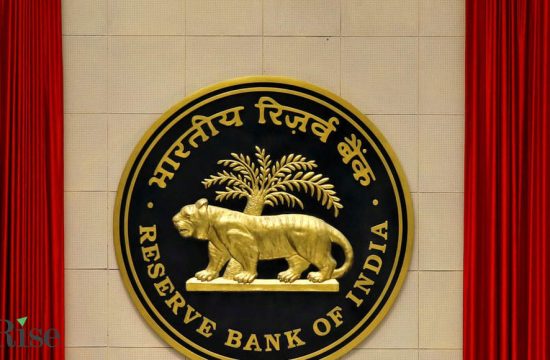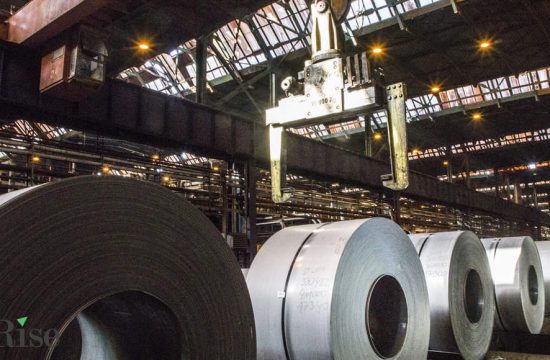
More than 110,000 eating and drinking establishments closed last year, either temporarily or for good, and 2.5 million restaurant industry jobs disappeared, according to a new report that tallies the devastating toll of the pandemic.
“If one looks at the industry in terms of actual sales volume level at the end of 2020, it was down at 2014 levels. In other words, the industry has been set back six years of sales growth,” said Hudson Riehle, senior vice president research at the National Restaurant Association, as the trade group releases its annual look at the state of industry.
The report, which surveyed 6,000 operators and 1,000 adults, said restaurant and food-service sales came in at $ 659 billion last year — that’s $ 240 billion lower than its pre-pandemic projections for the year of $ 899 billion in total sales.
“2020 was certainly the worst year for the restaurant industry in its history,” said Riehle.
However, he noted that the Covid crisis prompted operators to get creative with new forays into technology and delivery, and many are hoping the second half of 2021 will bring an opportunity for a rebound as consumers have pent-up demand.
“It’s important to think of 2021 as the year of transition,” he said. “Recovery for the industry will definitely take time.”
The group is projecting a bounce back in food and beverage sales in 2021 to $ 731.5 billion, still far below where things stood before Covid hit the industry.
The report comes as states like California start to lift restrictions on dining that have limited operators to takeout and delivery, but with the rate of new Covid cases still unacceptably high, the threat of new restrictions lingers even as vaccinations are rolling out.
Industry veterans folded
The report said decades of restaurant experience didn’t guarantee success as consumers and state and local governments reacted to the virus. Most of the restaurants that closed for good in 2020 were legacy operators in their communities, according to the survey. On average, these restaurants were in business for 16 years, and 72% of those that shuttered said it was unlikely they’d open another restaurant in the months or years ahead.
“I think all of us have become masters of emotional elasticity, oscillating between hope and despair,” said Philippe Massoud, owner and chef at ilili and ilili Box in New York City. “This roller coaster of emotion has really been taxing on a lot of us.”
Massoud has been in business for 14 years, so he’s withstood other economic downturns such as the Great Recession. But his Lebanese-Mediterranean restaurant has been ravaged by the pandemic. Sales were down 80% last year.
Massoud has gone from 165 employees to under 20, and has spent some $ 70,000 to set up a safe outdoor dining area at his Fifth Avenue location, which he hopes to open soon. At best, he said, it will take two years to recoup his lost sales. At worst, he projects five, as he relies on takeout and delivery.
He received a Paycheck Protection Program loan and is awaiting news on his second-draw loan application. He’s also hopeful the government may do more for restaurants. He said without the help he’s received so far, he wouldn’t have made it. He’s most concerned for his workers and eager to see if pent-up demand will bring tourism back to the city.
“We are hoping that our leaders in Washington, D.C., will either convert the PPP for the restaurant industry as grants like the Restaurants Act, so that we’re not carrying this big ball of liabilities for the next couple of years,” he said. “This is going to [need to] be hand-in-hand marching to resurrect and save our cities, our neighborhoods. … Not doing so would be a catastrophe.”
Tech and to-go alcohol save the day
Restaurants that had the most success were able to adapt quickly and innovate to offset the blow of limited operations. Leaning into off-premise sales and using technology to cater to delivery has given restaurants a lifeline. Sales of alcohol to-go was another way to boost sales amid dining restrictions.
Large operators including Starbucks and Chipotle have also continued to rely on to-go and off-premise offerings, and accelerated new store formats like drive-thru and pick-up as the pandemic altered consumer preferences.
The shift is likely for good, as its adoption has happened across all ages, Riehle said. He added that off-premise traffic pre-pandemic was at about 60%, and that has jumped to about 80% today.
“The convenience-driven market remains a very, very important drive for industry growth,” he said.
—CNBC’s Betsy Spring contributed to this report.









